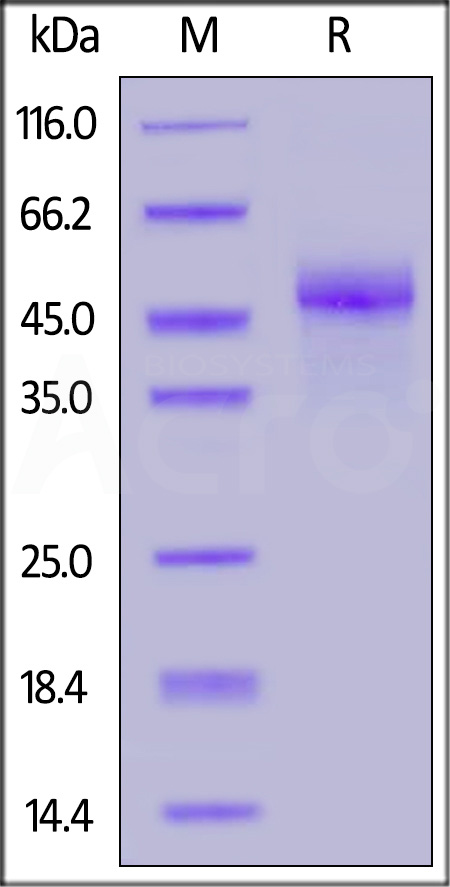Dietary coconut oil lowered circulating fetuin-A levels and hepatic expression of fetuin-A in KK/TaJcl miceIizuka, Kitagawa, Tamura
et alJ Clin Biochem Nutr (2025) 76 (2), 131-138
Abstract: Although coconut oil has attracted great attention as a functional food, enough supportive scientific evidence is lacking. In addition, the beneficial effects of coconut oil consumption on the prevention of metabolic disorders are controversial. Fetuin-A is a plasma glycoprotein secreted by hepatocytes and adipocytes. Circulating fetuin-A levels relate to insulin resistance due to macrophage-mediated adipose tissue inflammation. This study demonstrated that coconut oil feeding significantly downregulated the hepatic expression of fetuin-A and reduced its plasma level in KK mice-an obese diabetic model animal. The expression of monocyte chemoattractant protein-1, a potent inducer for macrophage infiltration, decreased in epididymal white adipose tissue in coconut oil-fed KK mice. The expression of CD68 and CD11c, markers of proinflammatory M1 macrophages, was significantly reduced by coconut oil feeding in epididymal white adipose tissue of KK mice. However, the mice did not exhibit improved insulin resistance. Our results may further support the potential of coconut oil as a dietary trigger that can reduce both circulating fetuin-A levels and infiltration of proinflammatory macrophages in visceral adipose tissue.Copyright © 2025 JCBN.
Fetuin-A Modulates Tumor Growth and Invasion in a Basal-like Triple Negative Breast Cancer Cell line, MDA-MB-468Kenchappa, Korolkova, Sakwe
et alJ Pharm Pharmacol Res (2025) 9 (1), 1-9
Abstract: The present studies were undertaken to address the innovative role of fetuin-A in the growth and invasion potential in a triple negative breast cancer (TNBC) cell line, MDA-MB-468. Basal like TNBC that express high levels of ectopic fetuin-A have poorer prognosis for the patients compared to those that express low levels of the protein. We overexpressed fetuin-A in MDA-MB-468 and then determined the invasive potential of fetuin-A overexpressing cells vs controls transfected with empty vector. We also determined the adhesion and growth potential of the cells in the presence of only fetuin-A in serum free medium and also in complete medium. Our data suggest that fetuin-A overexpression significantly enhances the invasive potential of the cells and also the expression of Toll like receptor 4 (TLR4) on these cells. More importantly, the cells rely on fetuin-A-TLR4 signaling network for growth and invasion because the specific TLR4 inhibitor CLI-095 (resatorvid) abrogates fetuin-A mediated growth and invasion. Taken together, the data suggest that fetuin-A-TLR4 signaling network plays a significant role in the growth and invasion potential of TNBC.
Low Serum and Urine Fetuin-A Levels and High Composite Dietary Antioxidant Index as Risk Factors for Kidney Stone FormationIcer, Koçak, Icer
et alJ Clin Med (2025) 14 (5)
Abstract: Background: Fetuin-A prevents the precipitation of hydroxyapatite in supersaturated solutions of calcium and phosphate; however, its relationship with nephrolithiasis has yet to be clarified. The aim of this study was to investigate the protective and predictive roles of serum and urine fetuin-A levels in nephrolithiasis and their relationships with the composite dietary antioxidant index (CDAI). Methods: This study involved 75 adult patients with kidney stone disease and 71 healthy adults without kidney stone disease in the control group. Participants had specific anthropometric measurements taken, and three-day food records were kept. The CDAI was calculated by summing six standard antioxidants, including vitamins A, C, and E, manganese, selenium, and zinc, representing participants' antioxidant profile. In addition to some analyzed serum and urine parameters of the participants, fetuin-A levels were measured using the enzyme-linked immunosorbent assay (ELISA) method. Results: In patients with kidney stones, both serum and urine fetuin-A levels (676.3 ± 160.14 ng/mL; 166.6 ± 128.13 ng/mL, respectively) were lower than in the control group (1455.6 ± 420.52 ng/mL; 2267.5 ± 1536.78 ng/mL, respectively) (p < 0.00001). In contrast, the CDAI was higher in patients with kidney stones compared to those without kidney stones (p < 0.001). Besides, several dietary parameters had significant positive correlations with serum and/or urinary fetuin-A. Conclusions: The present study suggests that serum and urinary fetuin-A levels may serve as protective factors against kidney stones and could potentially be used as predictive markers for the development of nephrolithiasis. Furthermore, our results suggest that the CDAI above a certain level may increase the risk of stone formation and that some dietary parameters may affect the levels of this biomarker in serum and urine.
Physiological Concentrations of Calciprotein Particles Trigger Activation and Pro-Inflammatory Response in Endothelial Cells and MonocytesShishkova, Markova, Markova
et alBiochemistry (Mosc) (2025) 90 (1), 132-160
Abstract: Supraphysiological concentrations of calciprotein particles (CPPs), which are indispensable scavengers of excessive Ca2+ and PO43- ions in blood, induce pro-inflammatory activation of endothelial cells (ECs) and monocytes. Here, we determined physiological levels of CPPs (10 μg/mL calcium, corresponding to 10% increase in Ca2+ in the serum or medium) and investigated whether the pathological effects of calcium stress depend on the calcium delivery form, such as Ca2+ ions, albumin- or fetuin-centric calciprotein monomers (CPM-A/CPM-F), and albumin- or fetuin-centric CPPs (CPP-A/CPP-F). The treatment with CPP-A or CPP-F upregulated transcription of pro-inflammatory genes (VCAM1, ICAM1, SELE, IL6, CXCL8, CCL2, CXCL1, MIF) and promoted release of pro-inflammatory cytokines (IL-6, IL-8, MCP-1/CCL2, and MIP-3α/CCL20) and pro- and anti-thrombotic molecules (PAI-1 and uPAR) in human arterial ECs and monocytes, although these results depended on the type of cell and calcium-containing particles. Free Ca2+ ions and CPM-A/CPM-F induced less consistent detrimental effects. Intravenous administration of CaCl2, CPM-A, or CPP-A to Wistar rats increased production of chemokines (CX3CL1, MCP-1/CCL2, CXCL7, CCL11, CCL17), hepatokines (hepassocin, fetuin-A, FGF-21, GDF-15), proteases (MMP-2, MMP-3) and protease inhibitors (PAI-1) into the circulation. We concluded that molecular consequences of calcium overload are largely determined by the form of its delivery and CPPs are efficient inducers of mineral stress at physiological levels.


 +添加评论
+添加评论























































 膜杰作
膜杰作 Star Staining
Star Staining

















